 The jet stream and polar vortex on January 3, 2017. Map from the University of Maine Climate Change Institute.
The jet stream and polar vortex on January 3, 2017. Map from the University of Maine Climate Change Institute.
Brenda Ekwurzel
Brenda Ekwurzel is director of scientific excellence at the Union of Concerned Scientists (UCS). In this role, she is responsible for ensuring rigorous, independent science to enhance UCS's effectiveness in developing solutions and advocating for a healthy, safe, and just future.
 The jet stream and polar vortex on January 3, 2017. Map from the University of Maine Climate Change Institute.
The jet stream and polar vortex on January 3, 2017. Map from the University of Maine Climate Change Institute.
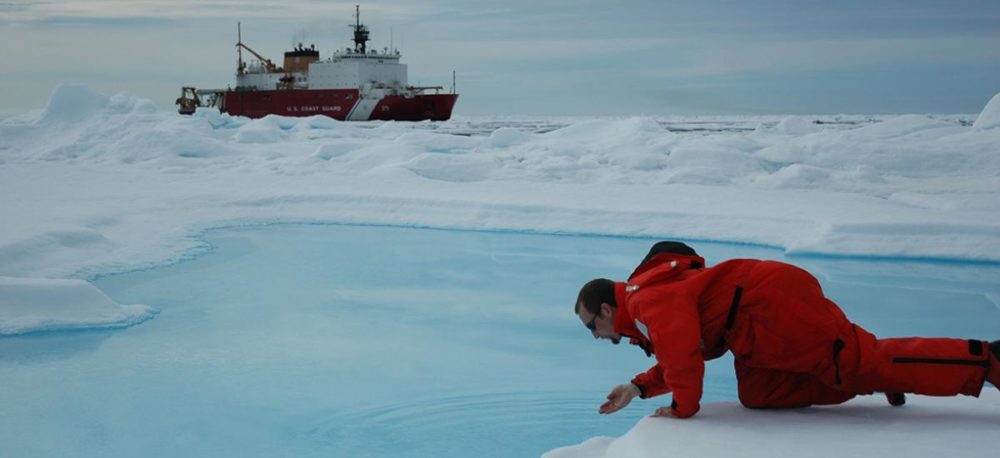 NOAA/Flickr
NOAA/Flickr
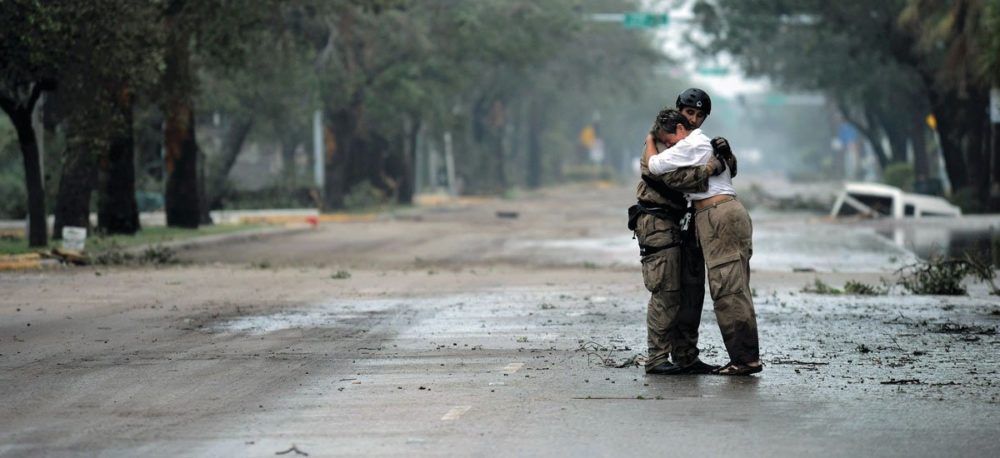 U.S. Air Force/Staff Sgt. James L. Harper Jr.
U.S. Air Force/Staff Sgt. James L. Harper Jr.
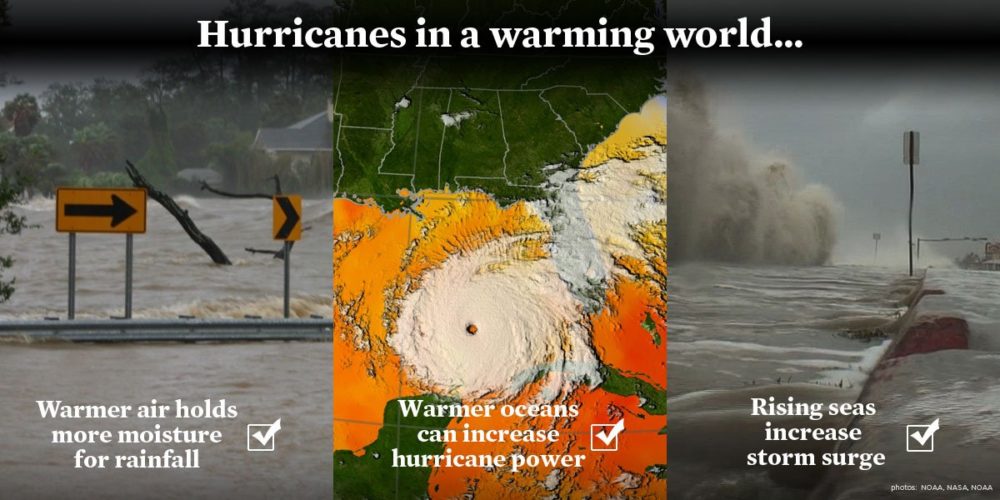
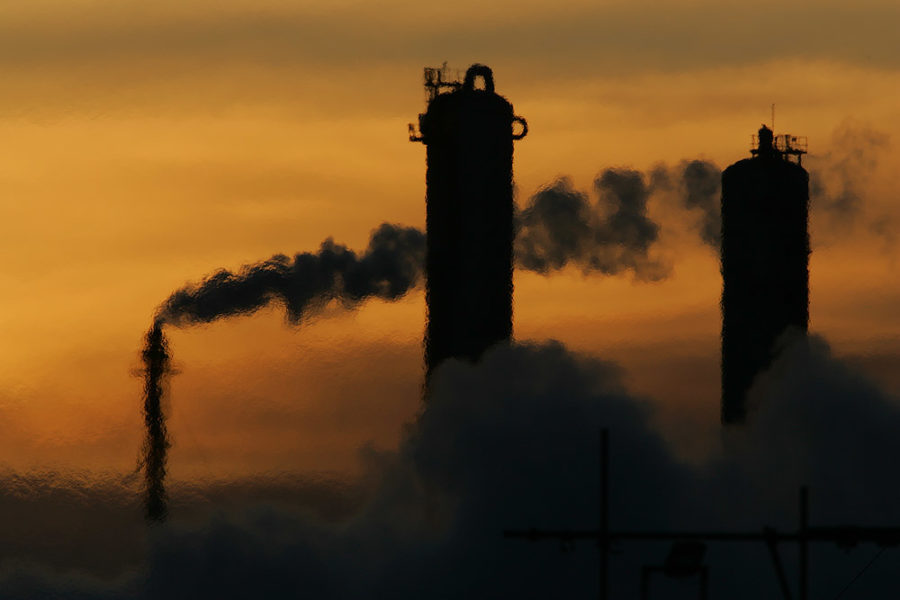 The world's largest fossil fuel companies have worked to deceive hte public about the realities and risks of climate change for decades. Photo: Steve Garvie
The world's largest fossil fuel companies have worked to deceive hte public about the realities and risks of climate change for decades. Photo: Steve Garvie
 Photo: Henry Zbyszynski CC-BY-2.0 (Flickr).
Photo: Henry Zbyszynski CC-BY-2.0 (Flickr).

 NASA
NASA
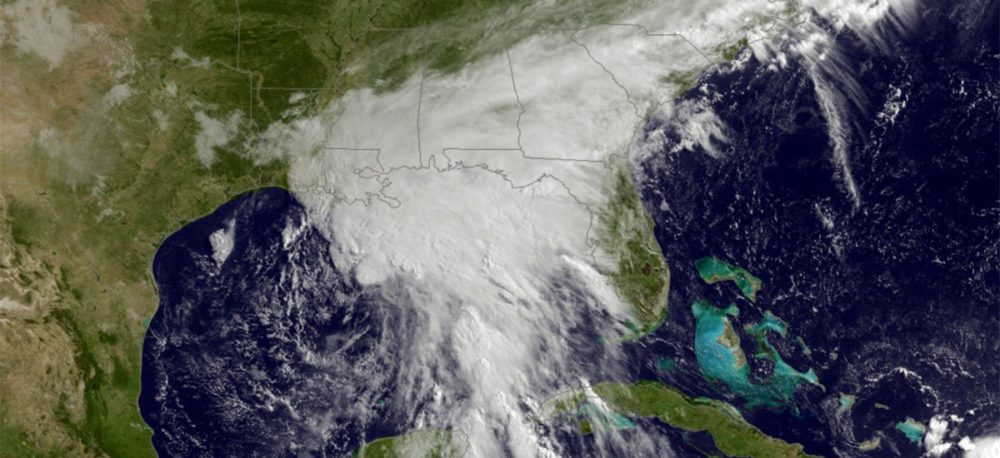 Tropical Storm Cindy approaches the Gulf Coast, June 20, 2017. Photo: NOAA
Tropical Storm Cindy approaches the Gulf Coast, June 20, 2017. Photo: NOAA
 Pittsburgh, 1947, on the left; Pittsburgh, 1974, on the right. Sources: EPA
Pittsburgh, 1947, on the left; Pittsburgh, 1974, on the right. Sources: EPA

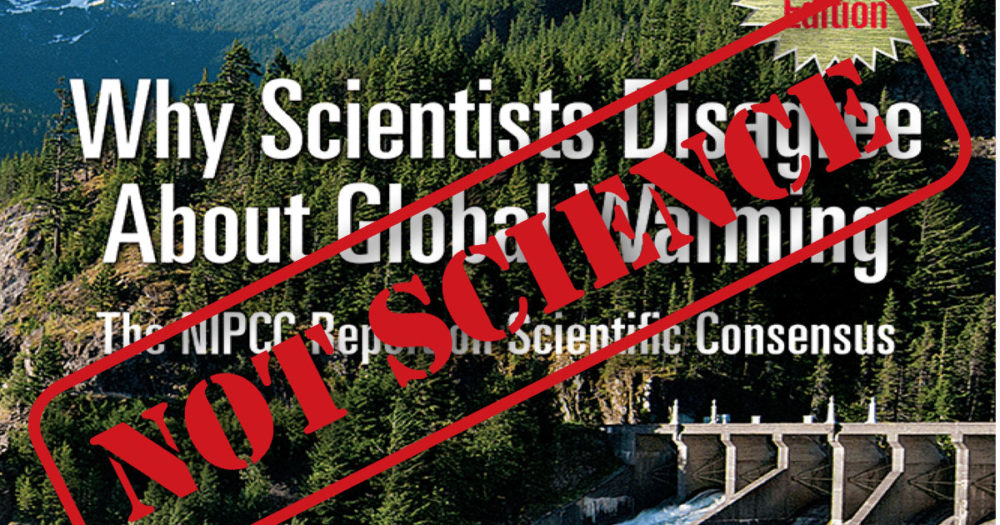
 NASA
NASA

 A dozen doozies are within this letter by Richard Lindzen to President Trump.
A dozen doozies are within this letter by Richard Lindzen to President Trump.
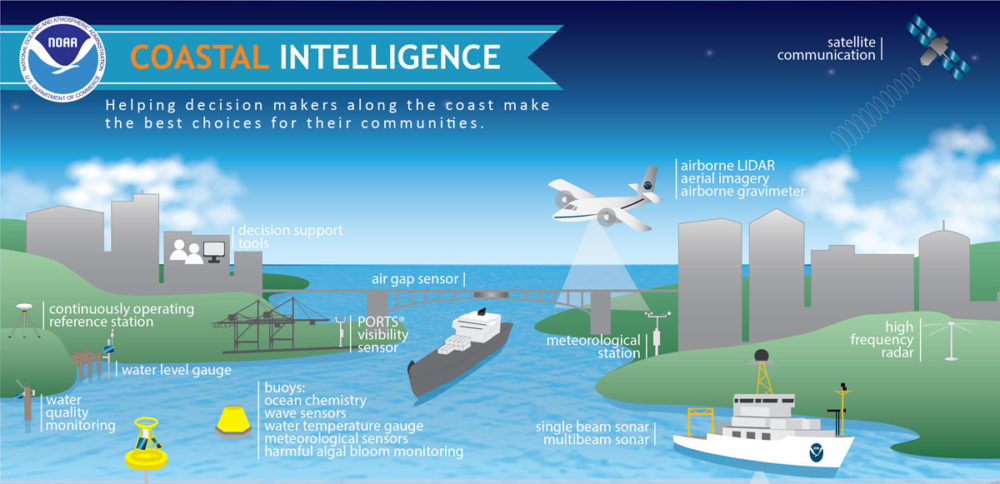 NOAA
NOAA

 Photo: Phillip Taylor/CC BY-SA (Flickr)
Photo: Phillip Taylor/CC BY-SA (Flickr)

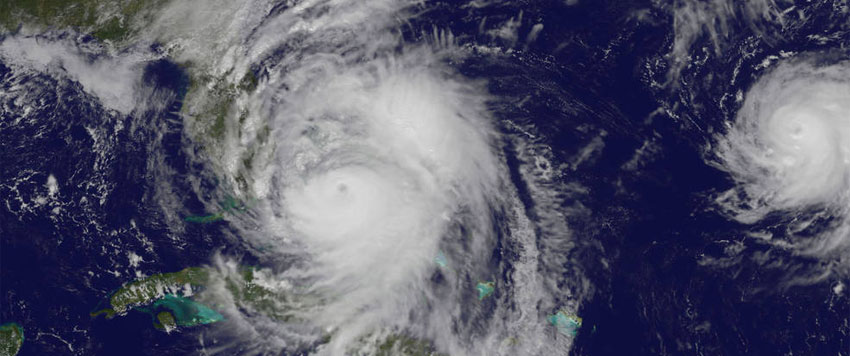 Hurricane Matthew approaches Florida in this satellite image taken at 1 p.m., October 6. Photo: NASA
Hurricane Matthew approaches Florida in this satellite image taken at 1 p.m., October 6. Photo: NASA



 Weather.gov
Weather.gov